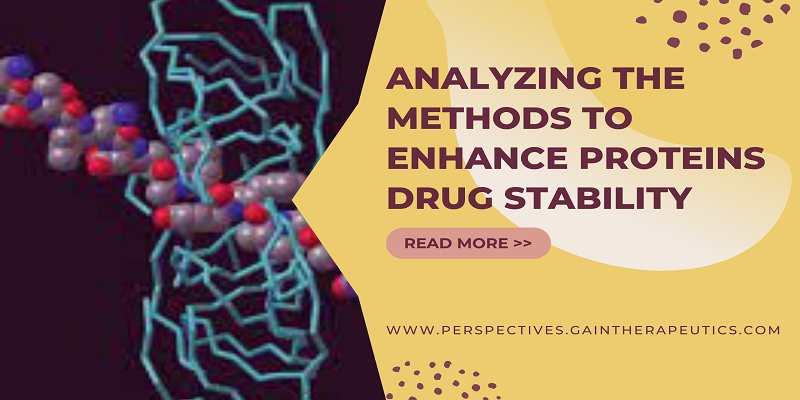Analyzing the Methods to Enhance Proteins Drug Stability

Over the past two decades, there has been a significant rise in the use of recombinant DNA technology for various purposes including drug designing. It has naturally increased the cases of approved biotechnology medicines, leading to the decrease in the production of biologics from human or animal proteins.
Issues in stability
But the rising use of recombinant expressions of the therapeutic proteins in the pharmaceutical industry has presented associated issues in the proteins drug stability. Ongoing research has suggested the application of controlled chemical modifications like acylation, PEGylation, and substitutions. But these have not yet been successful in establishing complete stability.
The modern generation of scientists is trying to come up with strategies that can prevent drug storage issues like:
- Protein aggregation
- Misfolding of then protein molecules
Protein fibrillation can be one of such strategies that can enhance the stability of the drugs, but there must be extensive testing on the drugs to check for any unforeseen changes occurring due to the modification.
Aggregations pose new challenges
When the researchers are processing and formulating a drug product, there is always a chance of exposing the proteins to conditions that usually affect the physical and chemical stability of the proteins. This can lead to the aggregation and subsequent precipitation of the protein molecules.
Therefore, it is essential to understand the conditions under wi=hich such aggregations may happen. The main factors include
- Shaking or shear
- Temperature changes
- pH
- concentration of protein
- Intermediate denaturant conditions
Small, single-domain proteins will unfold only under extreme conditions while the large and multi-domain proteins will undergo aggregation with a few weak links even under gentle conditions.
Explaining aggregations
The process of protein aggregation is usually a bi-molecular one. But the mechanism of the process depends on the concentration. The Ensemble allosteric model attempts to explain thermodynamic coupling within a protein that can enlighten new facts.
The microstates of the molecules are directly associated with the statistical weights. It represents the relative free energy of individual species existing within the thermodynamic system. Hence, low free energy indicates a high population.
Although statistical mechanics is not a trendsetting concept anymore, it helped to create a new insight. The drug designers should not ignore the thermodynamic coupling energy existing between the protein domains which can profoundly impact the partition functions, and subsequently the microstate populations.
Minimizing resistance
If it is possible to unfold the inactive state, it can reduce binding incompetence arising from folding or conformational dynamics. Thus, the drug designers can find the right tactic to deal with proteins drug resistance. The most important criterion, in this case, is the thermodynamic separation of the states by a measurable energy barrier for the calculation of the stabilities. The process can hold the key to many solutions associated with protein conformational changes.



